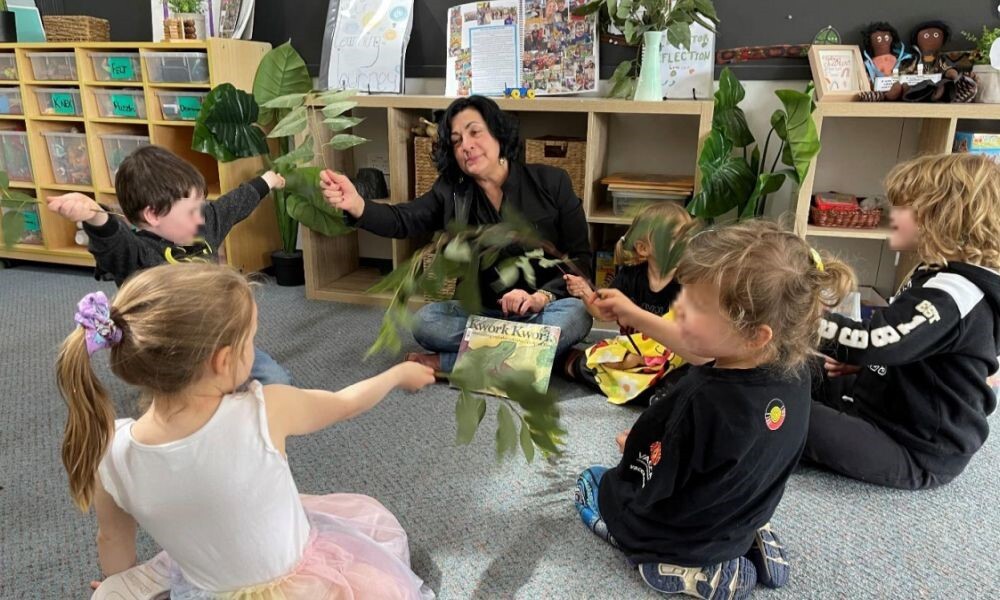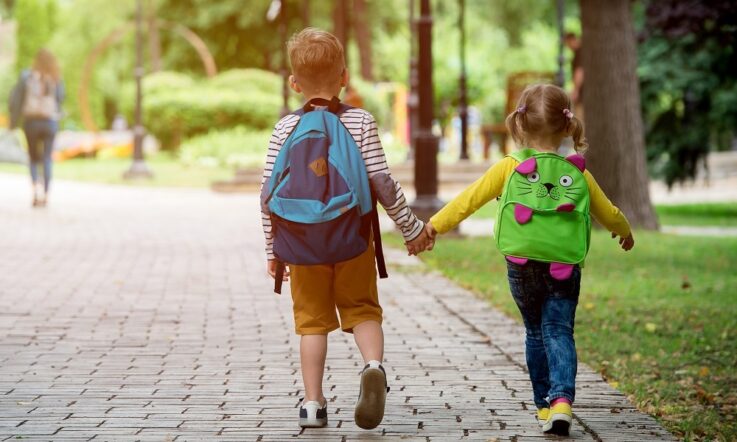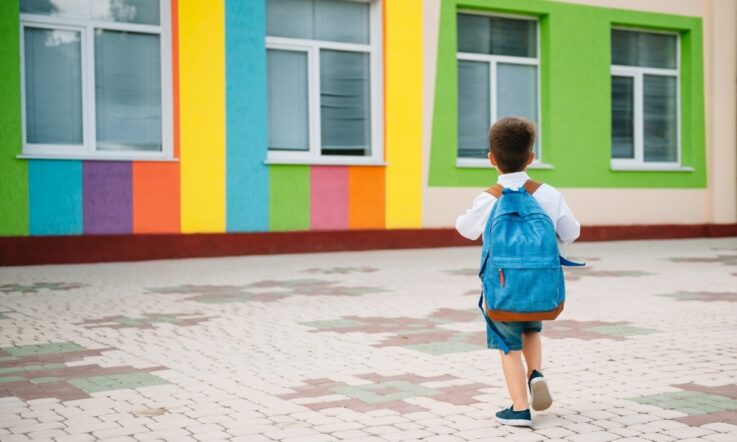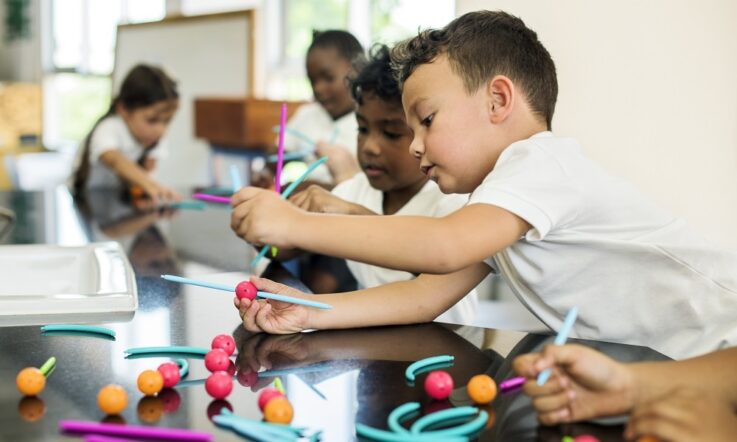High-performing school playgroups foster strong relationships within the school community, helping to support student transitions, build teacher capacity and engage caregivers in school communities prior to student enrolment.
In a recent Teacher article we reported on an Australian study which identified the shared features of high-performing school playgroups in Victoria.
Coldstream Primary School is one of six schools highlighted in the study.
It was established in 1977 in the Gateway housing estate in Victoria’s Yarra Valley, and currently hosts 77 children across four grades. Since 2016, school staff have been working to embed the school in the education precinct, with a range of services including a maternal health care centre, a community centre and a Bookaburra reading group in the school library.
As host of an exemplar school playgroup, Coldstream Primary School features all six factors outlined in the study, having:
- Adequate materials
- A dedicated facilitator
- A dedicated space
- An accessible location
- An appropriate schedule
- Adequate health and safety measures in place
Transitions and enrolments
Held once per week on school grounds, the playgroup has a strong attendance rate of 18-20 children – each generally accompanied by a parent or family member. However, the playgroup hasn’t always had such high numbers and it’s relocation to school grounds was instrumental in building attendance.
‘On my arrival in 2016, the playgroup wasn’t facilitated, and two to four families attended,’ Phillippa Adgemis, Principal at Coldstream Primary School, tells Teacher.
‘I started to run part of the playgroup session to drum up possible enrolments. Senior students would accompany me to build relationships with community. Then it became easier to relocate it to our school library, which was a friendlier space and word got around, and numbers have been burgeoning ever since.’
For the children who attended the playgroup in the very beginning, Adgemis notes that their transition to school has gone ‘so smoothly, it has been unbelievable.’
The school is set to see an increase in successful transitions such as these, with playgroup attendance resulting in a boost of student enrolments to full school.
‘This year we had our biggest enrolment since I have been here – six children in 2016 and 16 children in 2022. Most of them were [or] are playgroup families.’
Location, space and materials
Having the playgroup on school grounds has helped to establish a dedicated space in a location which is accessible for school staff and families attending.
‘[It’s] easier to have resources here rather than carry everything across [to the previous location]… All toys used in the school playgroup have been donated – however, there is significant focus on social play, where physical toys aren’t used.
‘It saves on time as well. Our library is carpeted and warmer in winter. We also created a structure that reflected the parents’ and children’s needs and it has become a 1.5 hour session which suited families connecting.’
Building strong relationships
The playgroup is facilitated by Adgemis herself, with help from the school chaplain. Having a consistent presence of the school Principal in playgroup has helped the children in their transition to school.
‘…one little one who started with me when he was three-months-old said, “Phillippa, I will have to start calling you Ms Adgemis soon,”’ she recalls.
The playgroup is also open to the Outside School Hours staff, and children attending long day care in the Early Years room.
Older students who are up to date with their school work and have permission from their teachers can also visit the playgroup to help out with the different activities. This gives both playgroup children and students the opportunity to form ‘bridging’ relationships (Edwards et al., 2021), and allows ‘senior students [to] gain more understanding of little children and the importance of finger play and early literacy… [creating] a true continuity of care and wraparound service.’ Adgemis says.
The Prep teacher also visits the group at recess to ‘drop in and have a quick chat and a joke with [playgroup families] at her lunchtime or before a meeting… and increase transition traction,’ she adds.
Reflecting on the benefits of the playgroup for the school staff, students and wider school community, Adgemis says: ‘[It’s] important that everyone sees that the investment in early years is critical. What better way than having the Principal quarantine their time to give it value and kudos.’
References
Edwards, S., McLean, K., Nolan, A., Evangelou, M., Skouteris, H., Henderson, M., Tarasuik, J., & Bartlett, J. (2021). School Playgroups Research Brief. School playgroups: Which features of provision promote child and family capabilities about play and learning? Australian Catholic University & Playgroup Victoria. https://www.playgroup.org.au/wp-content/uploads/2021/10/DR_SPG-VIC_ResearchBrief-V3.pdf
A range of resources have been created by Playgroup Victoria and the Australian Catholic University for school staff and families interested in learning about school playgroups. PDFs are downloadable and videos shareable via https://www.playgroup.org.au/school-playgroups/
As a school leader, think about what you might need to be able to run a playgroup in your own school. Who would be the key staff involved? Where would you hold it? What would the benefits be for children, parents and school staff?



